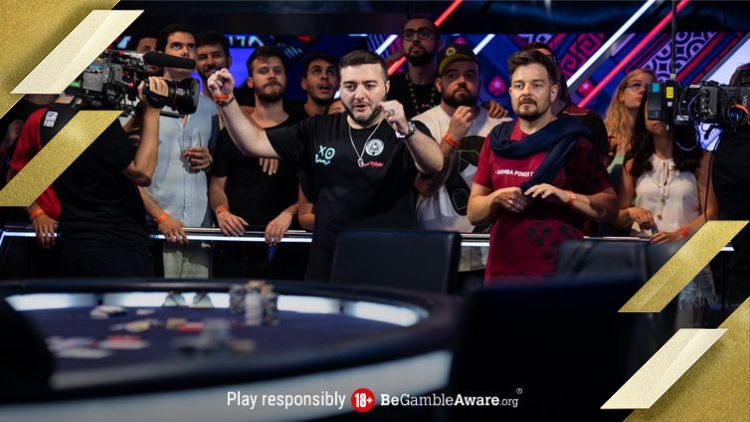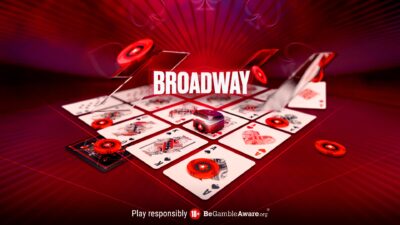Table of Contents
First published in January 2023. Updated February 2024.
A couple of weeks ago, the most amazing thing happened in the world of darts. Stay with us. This will make sense.
It was the final of the PDC World Championship, the biggest match in the biggest tournament in one of the world’s most popular participatory sports.
Michael Smith, of England, faced off against the Dutchman Michael Van Gerwen for a first prize of £500,000 (about $610,000) — and the right to call themselves World Champion.
The pressure could not have been greater. The stakes could not have been higher. And while plenty of players would have wilted, these two campaigners ended up producing the most sensational two minutes of play the sport has ever seen.
Van Gerwen had the chance to complete a so-called “nine dart finish”, a feat requiring absolute perfection with nine out of nine throws of the dart. He managed eight perfect throws, and then narrowly missed with number nine to finish only slightly short.
But Smith too had the chance. He went neck-and-neck with Van Gerwen all the way — and then he completed what his opponent narrowly failed to do. Smith drilled nine perfect darts to send the crowd and commentators into rapture.
THE BEST LEG OF ALL TIME! 🤯🔥
MICHAEL VAN GERWEN MISSES D12 FOR A NINE-DARTER, AND THEN SMITH PINS A PERFECT LEG HIMSELF!
ONE OF THE GREATEST THINGS YOU’LL EVER SEE IN SPORT. pic.twitter.com/WyKWFcxq5V
— PDC Darts (@OfficialPDC) January 3, 2023
For context, only one player had ever previously completed a nine-dart finish in the 29 previous World Championship finals, and here was the second — at the same time as another player also almost pulled it off.
There has simply never been a display of precision and talent like it in the entire history of the sport. And it was over in about 90 seconds.
But if you didn’t like darts, or you didn’t understand it, you might not have had any idea what was happening. You probably wouldn’t have been watching in the first place, and if you had, it might still have passed you by.
In short, you had the chance to be watching history in the making. But you might not have known it.
But what’s that got to do with poker? It’s a good question, and it has a simple answer.
DEMYSTIFYING THE GAME
For a lot of people, poker appears on their TV, or on their computer screen, and they don’t really know what’s going on. It might look exciting, with piles of chips, and hundreds of people, and commentators talking about millions of dollars, but if you don’t know much about the game, it might all pass you by, just like that drama in the darts.
Here’s where we can help.
While a casual poker watcher might not want to stay up all night watching a live stream from a small tournament in Luton, they certainly could be persuaded to tune in to coverage of something spectacular, something like the PokerStars Players Championship (PSPC) from the Bahamas, for example.
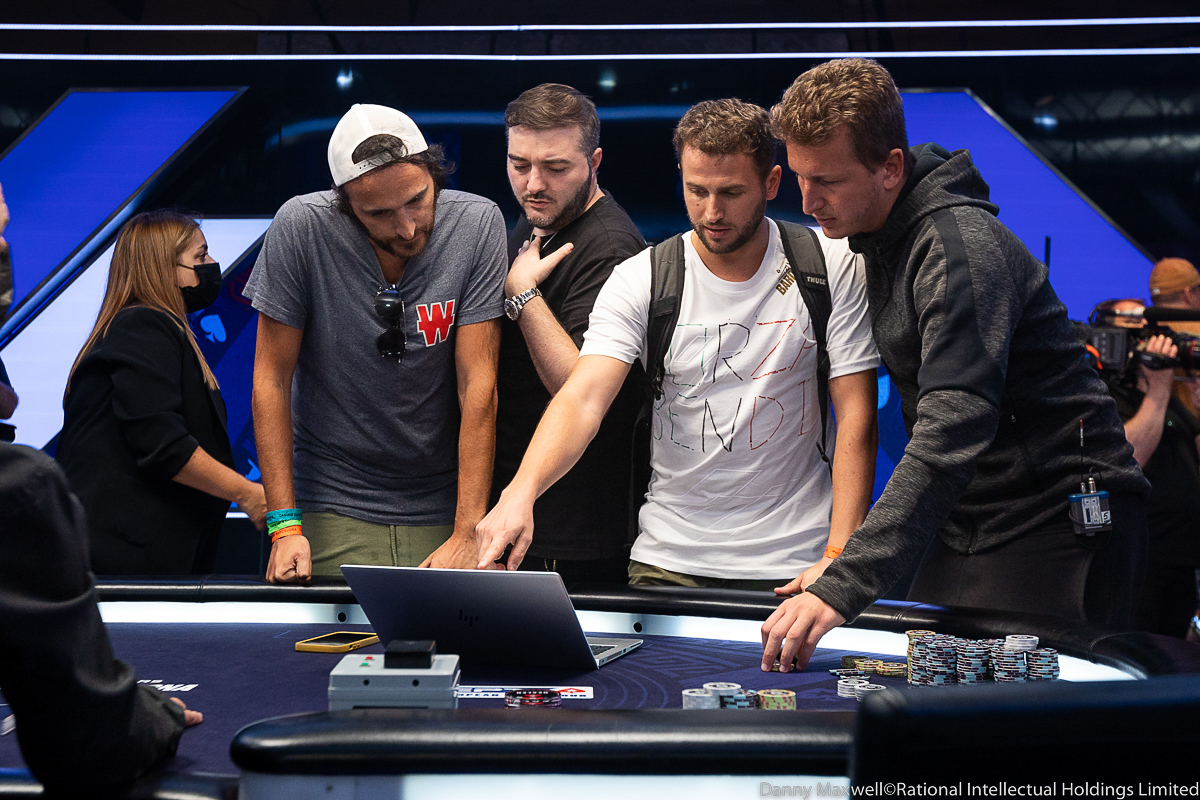

Sometimes it’s not always obvious what is going on
That’s the event where the best in the world will do battle against a sea of plucky amateurs on a freeroll, and where someone will win close to $5 million.
It’s coming up, from January 30 through February 3, and it will be streamed live on PokerStars Twitch and YouTube channels.
And, really, you should watch it. It’s going to be amazing. But just in case you feel that it’s not worth your while because you don’t really understand what’s going on, here’s what we hope will be a very useful guide.
We can call this a definitive Viewers’ Guide to Poker. Here’s how you watch poker and get the most out of it.
A BROAD OVERVIEW
The PSPC is a freezeout poker tournament. That means everyone in the game has put up a certain amount of money — in this case $25,000 — and has been given a certain amount of chips. When they lose those chips, they’re out. They walk away and their tournament is over.
The unique aspect of the PSPC is that there are more than 400 players in the field who have somehow gained entry without paying that $25K. They have a Platinum Pass, which gets them a seat in the game. But they have the same chance and same claim to the prize pool as everyone else.
The tournament will last for five days, with a field likely to be in the region of 1,200 players shrinking and shrinking until eventually there is a winner. That person will have won every chip in the room, will be the PSPC champion and be something like $5 million richer.


Ramon Colillas won the inaugural PSPC in 2019 after winning a Platinum Pass
THE KEY DATES
The PSPC takes place as follows:
Day 1: January 30
Day 2: January 31
Day 3: February 1
Day 4: February 2
Day 5 (final table): February 3
Play begins at noon ET daily. Streaming begins at 12.30pm ET.
Eastern Time (ET) is:
GMT +5
CET +6
PST -3
WHAT AM I WATCHING?
A tournament the size of the PSPC takes place at its start across more than 100 tables in a vast room. In this instance, it’s the ballroom at the Baha Mar Resort, in the Bahamas.
There are eight players sitting at every table, and although everyone is in the same tournament, they only play specific hands against their specific table-mates. Occasionally players switch tables, if directed by the tournament staff, particularly as other players are knocked out.
When you watch on your screen, you’re typically watching action from one of the so-called “feature tables” — typically three of those dozens of tables. These tables are equipped with special technology to show the players’ hole cards, so we, the audience, can see more of what’s going on than the players actually in the room.
Although the action is broadcast as-live, it actually took place 30 minutes ago. This is to ensure that nobody can possibly know what an opponent’s cards are as the hand in question is taking place. (Of those three feature tables, most action will typically only come from the central one.)


All tables are important, but the feature table takes centre stage
So, although you’re usually just watching one table, it is almost always just one part of a much larger tournament. And in order to make things fair, the feature tables will change regularly throughout the day. It means there will be a rotating cast for you to watch.
The TV team also has a number of roving camera crews, who will patrol the outer tables looking for significant action. If they happen to see something major brewing, you might cut away and watch that for a bit.
There is so much happening in major poker tournaments, especially in the early stages, that it is absolutely impossible to follow everything. So typically the live stream will follow tables that feature some well-known or particularly interesting players, while also attempting to offer some taste of what’s going on elsewhere.
There are also live text updates during the events from Poker News, among other tournament reporting sources. They have more reporters watching more tables and writing up hand histories.
KEY HANDS
There’s a strong argument that every single hand a player plays in a poker tournament is crucial. In no limit hold’em, you’re never more than one hand away from potential elimination.
However, there’s no doubt that plenty of hands will be of only marginal interest to the viewing public. Very often, every player at the table is dealt unplayable cards and everyone will fold, giving the pot to the player in the big blind. On similarly uninteresting hands, someone will raise in late position and everyone else will fold.
However, be on the lookout for when two players are sitting with big hole cards. Perhaps one player has pocket aces when an opponent has pocket queens or kings. It’s sure to end in a big confrontation.
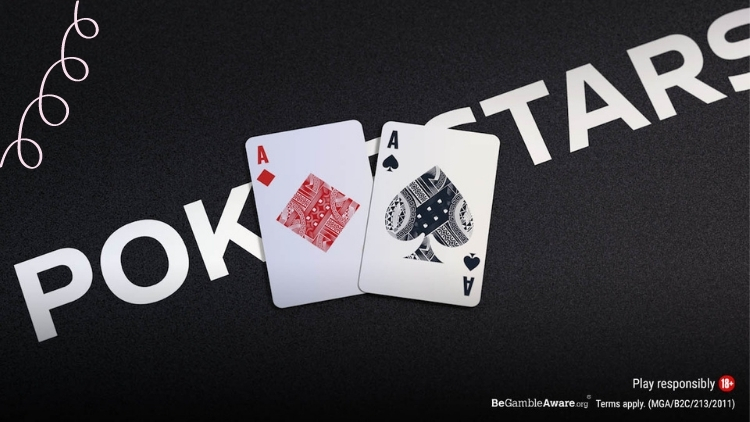

If you see aces, a big hand is probably brewing
Similarly, listen out for three-bets and four-bets. That signals at least two players are prepared to go to war in a particular hand, and pots can quickly escalate. Look too for co-ordinated boards, i.e., when one player perhaps has a pocket pair and flops a set, while another has suited cards and flops a flush draw.
Players with big hands will try to win the most they can, while a cornered underdog may well come out fighting. Fun for the viewer is ensured.
The commentators (see below) will be alert to this, and will be sure to tell the viewers what they can see brewing.
KEY MOMENT: THE BUBBLE
There are also other moments in a poker tournament that naturally bring tension. Chief among them is the “bubble”.
In tournaments like the PSPC, a certain agreed number of players get a return on their investment. Typically, about 15 percent of the field will win some money, with a payout structure published early in proceedings, so that everybody knows which place in the tournament they will need to finish to be “in the money” or “to cash”.
As players get eliminated, this “bubble” draws nearer. It’s so called because it will eventually burst, and everyone who survives beyond this point is guaranteed some cash.
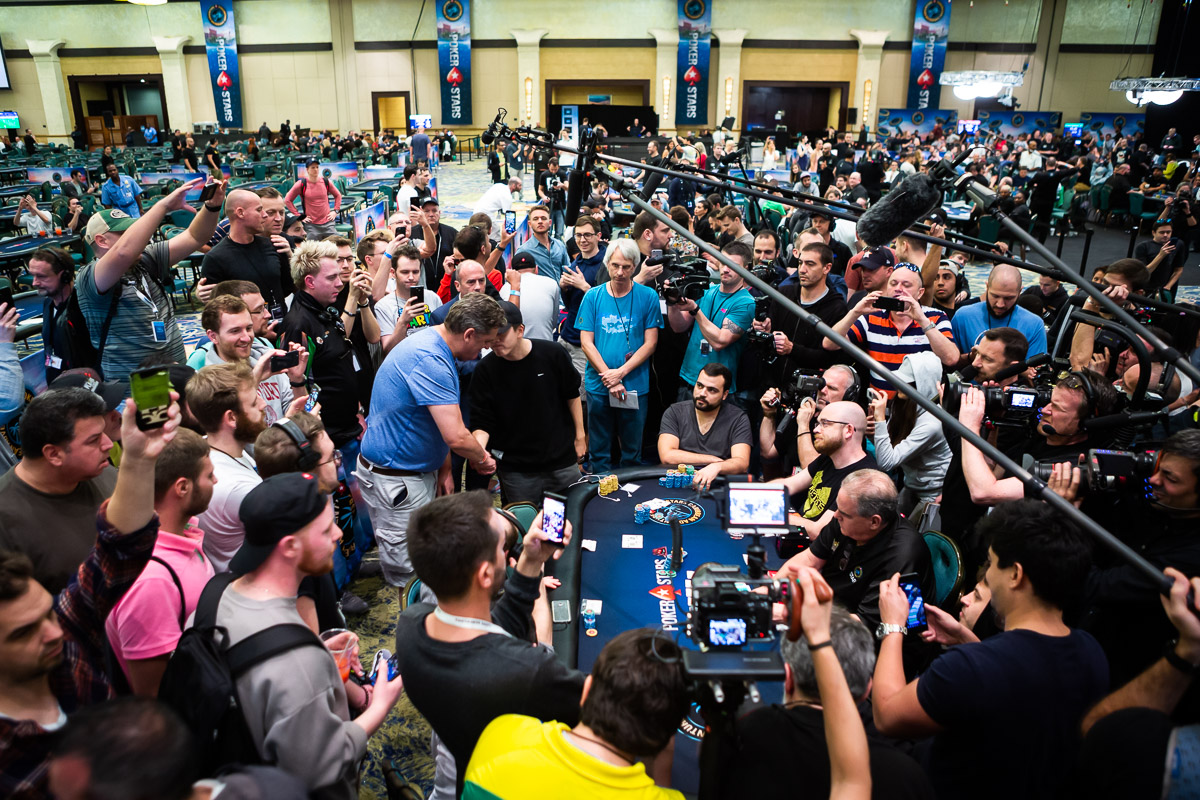

The bubble always brings both chaos and drama
But for the player(s) who go out immediately before the bubble bursts, there’s nothing but heartbreak. They’ve battled through what is usually close to two days and leave with nothing.
The PokerStars TV team make a justifiable big deal about the bubble, with camera crews skittering through the tables to make sure all the action is covered. There’s also a countdown in the corner of the screen that tells you the current field size and how it’s shrinking.
Although we can never quite be sure when the bubble is going to burst, it’s painfully clear to everyone when it is approaching.
KEY PLAYERS
As noted above, at all times, the feature tables will tend to play host to players who, for one reason or another, will appeal to the viewing public.
There are a number of particularly well-known poker pros who will almost certainly be playing the PSPC — players like Phil Ivey, Daniel Negreanu, Erik Seidel Phil Hellmuth, Dan Cates, Jason Koon, Michael Addamo, Stephen Chidwick, etc. — plus PokerStars’ ever-popular army of Team Pros, including defending champion Ramon Colillas, Jennifer Shahade, Lex Veldhuis and Spraggy.
There’s a good chance they will be on a feature table at some point.


Ramon Colillas is now a Team PokerStars Ambassador
But many of the Platinum Pass winners also have incredible stories: players who have battled great hardship to play, who have perhaps won their entry in incredible ways, or thanks to particular talents.
Then there are people from all walks of life, whose life stories make them different from what you might consider a “regular” poker player.
The TV producers will be very keen to display the full diversity of this unique field, and will be keen to showcase players from all walks of life.
Thankfully, there’s also an army of researchers working round the clock to fill in many of these stories. The commentators will be able to tell you why you’re watching the players you’re watching.
And as the tournament gets towards its conclusion, the reason will be simple: it’s because these players are the ones with all the chips, who will win the biggest prizes.
Meet some more Platinum Pass winners:
STEPHEN GRAY: FREEROLLING EN ROUTE TO AN OIL RIG
JONATHAN NEWMAN: ‘LIFELONG LEARNER’ TRADES CLASSROOM FOR POKER SUCCESS
TANAY SAMANT: PLATINUM PASS WINNER WORKING TO CURE CANCER
IT’S NOT ALWAYS ABOUT THE WINNING
It stands to reason that every poker player will want to win every hand they play. But it’s simply not possible. Nobody can always get good cards and play them perfectly, and so most players actually lose most hands they play.
Successful poker is actually all about winning the maximum with the good cards and losing the minimum with the bad ones. And so in addition to keeping your eyes peeled for the massive pots, where huge amounts of chips change hands, you should also be looking out for incredible folds.
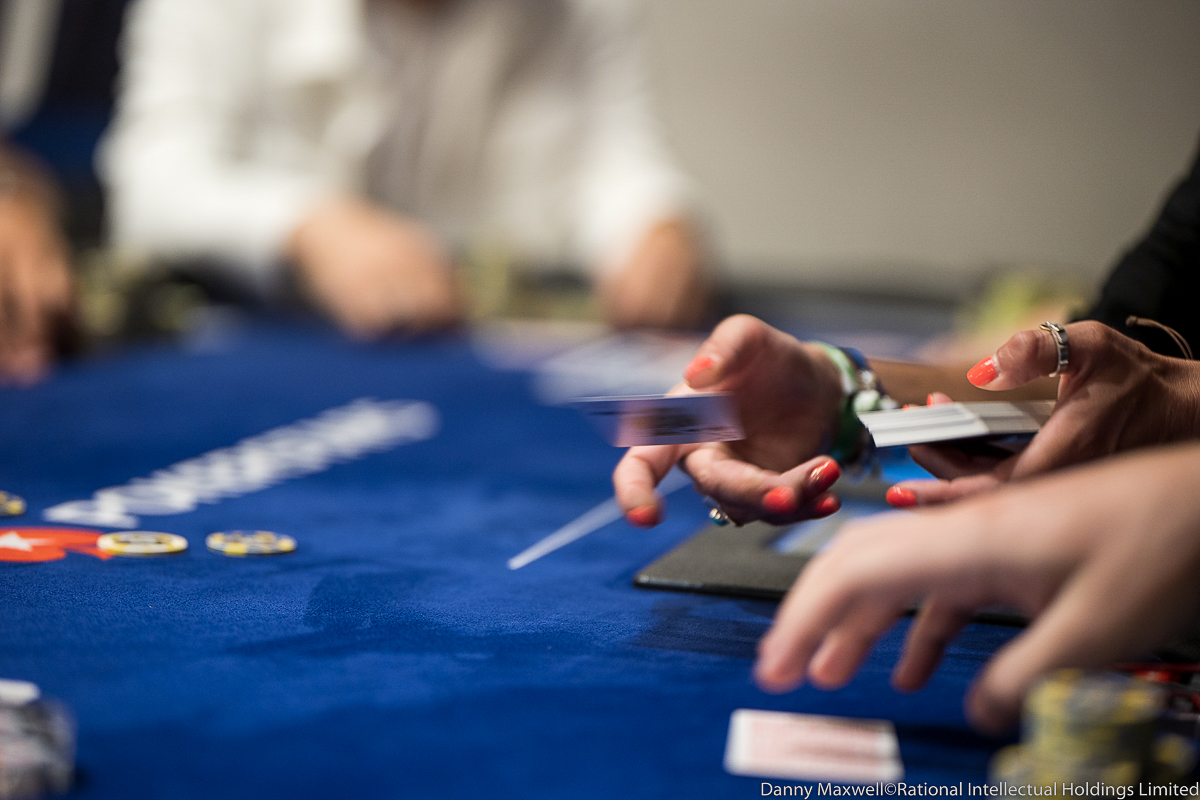

It’s important to know when to let your cards go
Often, the really skilled poker player will manage to make what appears to be an insane fold: perhaps tossing away a really strong hand and surrendering a pot. But if they do that — make a so-called “hero fold” — when their opponent has an even better hand, it can be equally thrilling to watch.
So by all means look out for massive confrontations between huge hands. And by all means marvel at the audacity of some killer bluffs. But also keep your eyes peeled for when someone defies the odds and wriggles out of a tight spot. Their escapology can be equally breathtaking.
Check out PokerStars Learn for more poker strategy tips
LISTEN TO THE COMMENTATORS…
If you’re in doubt as to the significance of what you’re watching, listen to those voices in your head.
The principal PokerStars anchor is James Hartigan, a broadcast professional of many years standing. If Hartigan tells you something is amazing, you can believe him. Hartigan calls the action on almost all of PokerStars’ broadcast output, and his is a voice you can trust.
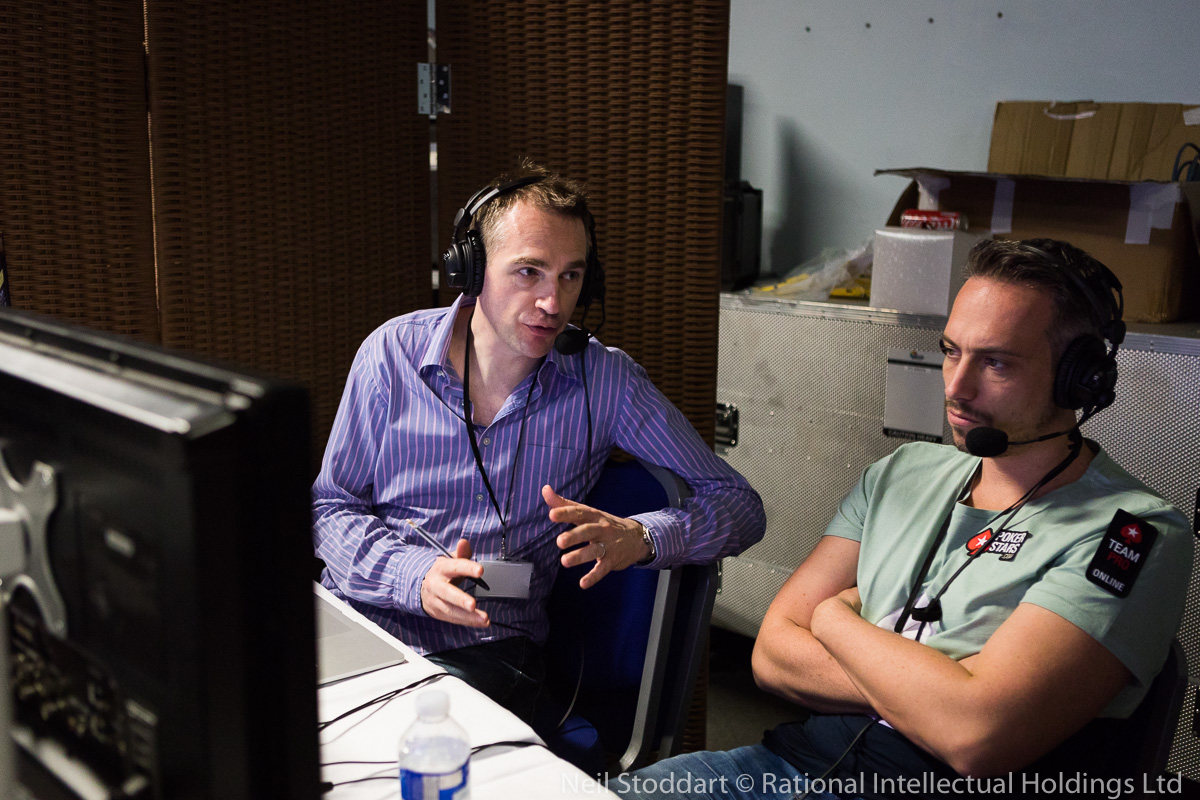

James Hartigan, left, sharing the booth with Lex Veldhuis
Alongside him, Joe Stapleton, despite what he might claim, is also extremely well versed in this game. He’s seen pretty much everything there is to see in poker too, and though he’ll spend at least as much time trying to make you laugh (and sometimes even succeeding), you can rely on Stapes to point it out when something noteworthy is occurring.
Hartigan and Stapleton also have a cadre of experts at their disposal: Griffin Benger, Sam Grafton, Maria Ho and Nick Walsh, among others, all spend plenty of time in the commentary box, analysing play and detailing thought processes, situations and variables. They have all been there themselves. They know what it takes.
By and large, as the volume of the commentators’ voices increase, so does the drama. But what you really need to look out for are the moments they are all rendered speechless. Sometimes poker is so unexpected that even these old hands can only watch in stunned silence.
… AND JOIN THE DISCUSSION
One of the best things about watching poker on PokerStars Twitch and YouTube channels is that you too can enter the discussion.
If you have any questions or observations, or just want to make sure James, Joe and their team know you’re watching and appreciating what they do, you can drop a comment in the chat, or send them a tweet.
They do their best to read everything that gets written to them, and they may well respond on stream.
Remember, the chances are that if you’re confused by something, there will be dozens of other people wondering the same thing, so you’ll be doing everyone a favour by asking.
Sign up for an account and ask away. And you should also qualify to play in some of the brilliant freerolls and giveaways that run alongside the stream.
Back to Top


